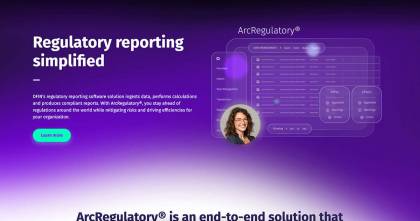In 2017, the Financial Conduct Authority (FCA) realized through a market survey that intuitional investors were struggling to gather cost information to use in their investment decisions. To address this, the FCA issued a policy statement (PS17/20) to improve the disclosure of transaction costs in workplace defined contribution pensions. This led to the creation of the Defined Contribution Pensions Template (DCPT). To further enhance institutional costs and charges disclosures, an independent working group was created to obtain industry agreement on detailed costs and charges disclosures, which led to the creation of the Cost Transparency Initiative (CTI).
The primary goal of the CTI is to create a set of standards that allows asset managers or relevant service providers to leverage predefined industry standard templates to report on their investments’ direct costs and indirect/implicit costs. One of these templates is known as the Institutional Cost Template (ICT), which allows for this obligation to be fulfilled.
Note that the ICT requires that asset managers or services providers produce more detailed costs disclosures at share class level than is typically required under the PRIIPs and MiFID regulations. This disclosure includes explicit costs broken down into:
- Transaction taxes
- Broker commissions
- Transaction-related services
- Implicit costs, e.g., using the PRIIPs slippage cost methodology
- Indirect transaction costs, e.g., in cases of investment in pooled funds
- Ongoing charges, e.g., management fees, advisor fees
- Administration fees
- Other explicit costs
Asset managers have been providing costs and charges disclosures in the ICT since 2020 and continue to update them primarily on an annual basis. In some cases, asset managers adopt a quarterly reporting mechanism, although this is not common.
Technology and resources
Asset managers should also consider a robust and scalable technology platform as part of their regulatory book of record (RBOR) and focus on data. Data has to be sourced, loaded, verified and calculated, which is the single most critical area. A little extra due diligence at this early stage will ensure smooth transition from January 2022.
DFIN’s ArcRegulatory solution can be used in-house or as an outsourced production service to fulfill all of the above requirements. It sits on DFIN’s industry-leading Arc Suite platform, which offers synergies across financial reporting, prospectus creation and other fund communications, all forming a unified regulatory book of record.
